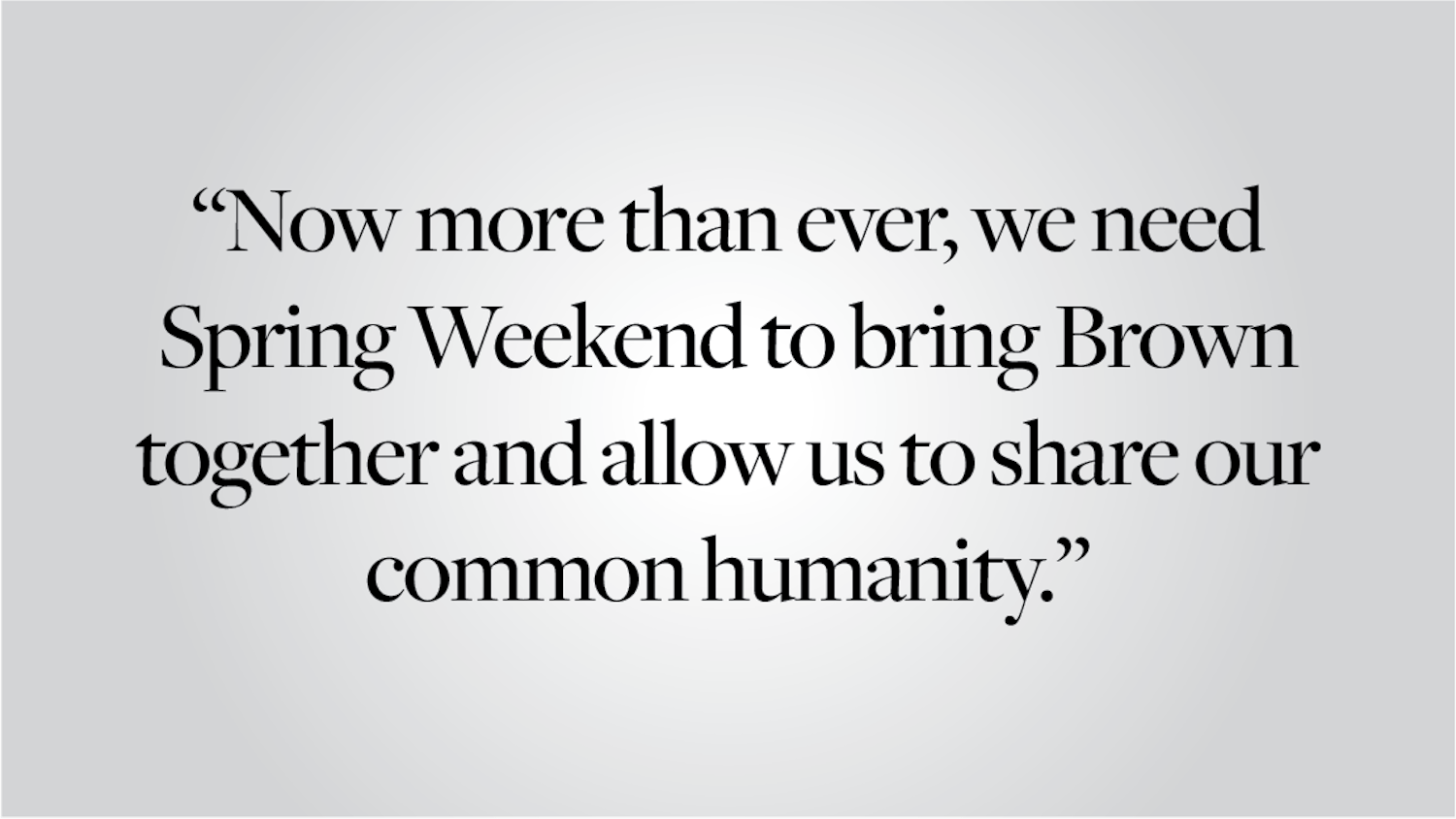On the one hand, we have Harriet Tubman, a humanitarian and abolitionist who dedicated her life to fighting for the freedom of enslaved people. She risked her life as a spy for the Union Army, spent years guiding others to liberty and eventually became the most famous “conductor” on the Underground Railroad. Over a century after her death, Tubman is still synonymous with the best this country has to offer.
On the other hand, we have Andrew Jackson, one of the most reviled presidents in American history. He was a slave owner and a fierce defender of slavery and “states’ rights.” He signed the infamous Indian Removal Act, which led to the brutal displacement of the Cherokee Nation during the Trail of Tears. His memory will forever be linked to his cruelty toward people of color.
The decision about which of these figures deserves to grace the $20 bill — one of the most common notes in circulation — should be a no-brainer. The Obama administration seemed inclined to think so, announcing a plan to move Jackson to the back of the $20 bill and give Tubman top billing (pun intended). But the Trump administration has now indicated that it may move in a different direction. In August, Treasury Secretary Steven Mnuchin announced that he is still “consider(ing)” the decision to swap out Jackson for Tubman on the bills.
While raising doubts on the future of the plan, Mnuchin told CNBC, “We’ve got a lot more important issues to focus on.” And in many ways, that is true. Compared to the far-reaching economic and social ills plaguing this country, the images on paper currency are largely symbolic. Yet this symbolism sends a powerful message about the values the Trump administration has decided to stand for — and those it has ignorantly cast to the side.
Like the debate over monuments, the argument over the $20 bill is about the kind of history we wish to honor. But there is one major distinction: U.S. dollar bills are not historical artifacts created in another era. They infiltrate almost every aspect of our lives and are still printed today. They are therefore a living testament to the principles the government has chosen to commemorate; they do not only reflect the past, but also make a statement about the present.
By declining to commit to a swap of Tubman for Jackson, the Trump administration has shown once again that it does not take the concerns of people of color and marginalized communities seriously. It is not hard to imagine why these groups might object to keeping Jackson on the $20 bill. Americans whose ancestors have suffered from his ruthless treatment should not have to stare at his face every day.
Yet President Trump has been an outspoken admirer of Jackson in the past, even hanging a portrait of the seventh president in the Oval Office. By contrast, he said that it would be “more appropriate” to cast Tubman on the $2 bill — the note that circulates in the smallest volume. That statement in itself says much about his worldview.
But it’s not just about Jackson and Tubman. It is long past time to make our paper currency more inclusive and egalitarian. Given the range of American heroes from diverse backgrounds — from Susan B. Anthony and Sojourner Truth to Martin Luther King Jr. and Rosa Parks — it is ridiculous that the only figures honored on our bills are white men. Correcting this oversight is not a question of erasing history. It’s about acknowledging that marginalized communities had a role in shaping this country. It’s about sending a message to all Americans that their historical role models can be as diverse as the communities around them. And it’s about truly learning to celebrate the melting pot this country is.
Former “West Wing” actor Josh Malina has suggested that people write “Harriet Tubman” across the front of $20 bills in an act of resistance. That is certainly a creative thought, though it is probably easier to take that stand when you’re a wealthy actor rather than, say, a college student on a tight budget. Low- and middle-income Americans cannot and should not be expected to throw away their money for ideological reasons. Still, Malina is onto something: Americans everywhere need to continue pushing the Trump administration — and indeed, future administrations — to rethink its approach to the imagery on U.S. currency. The same groundswell of advocacy that convinced the Obama administration to propose the change in the first place could well be effective once again.
In the meantime, we should just be thankful that Trump has not decided to put his own face on the $20 bill. Given his track record so far, it might only be a matter of time.
Mili Mitra ’18 can be reached at mili_mitra@brown.edu. Please send responses to this opinion to letters@browndailyherald.com and other op-eds to opinions@browndailyherald.com.




